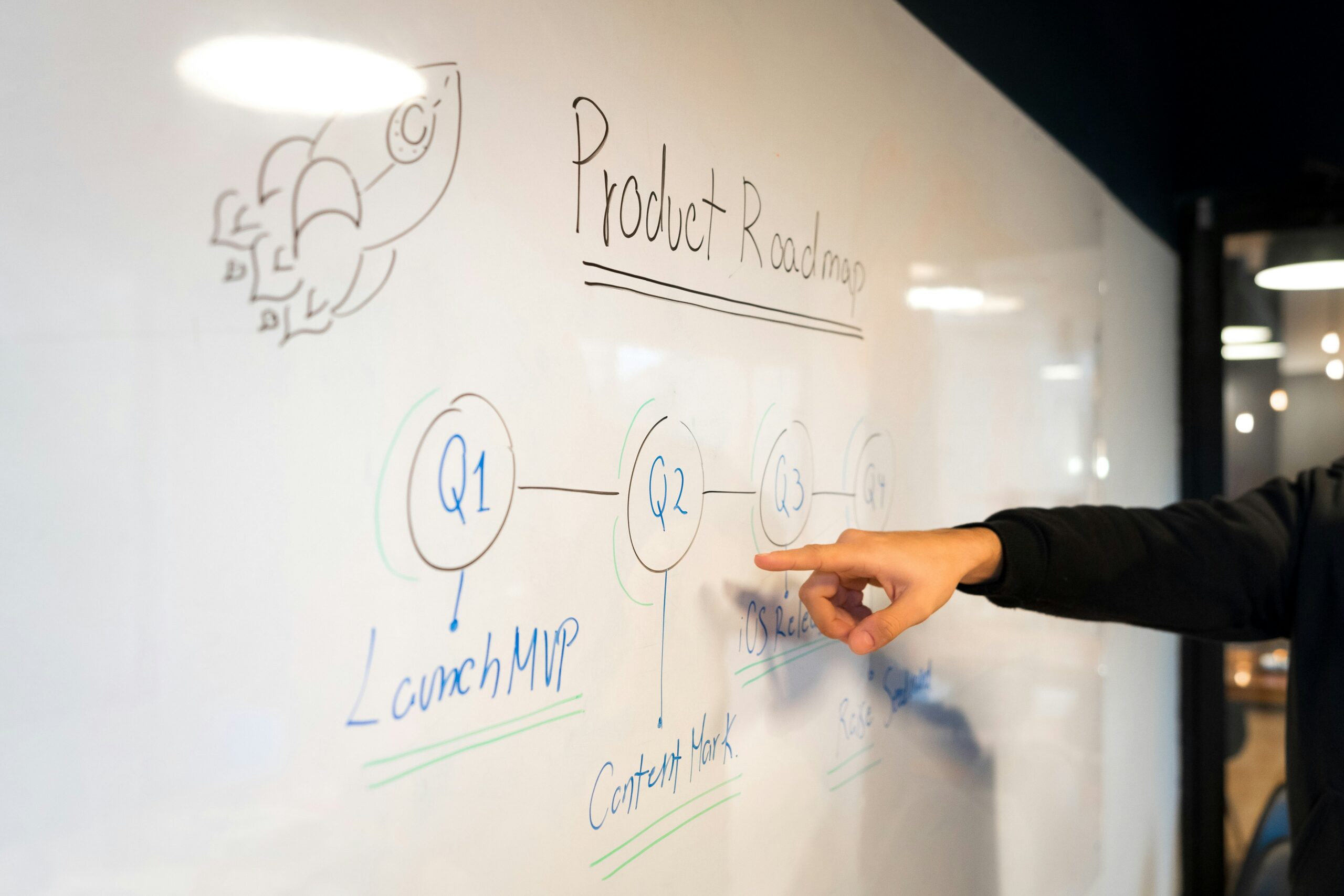The Software as a Service (SaaS) industry is a fast-paced and ever-evolving sector. For businesses looking to venture into or excel within this space, mastering the SaaS Product Development Lifecycle (PDL) is crucial. This lifecycle serves as the blueprint for bringing a SaaS product from a mere concept to a fully operational service. Let’s explore the key stages and strategies involved.
What is the SaaS lifecycle?
The SaaS lifecycle is the progression of stages that a cloud-based service undergoes from its initial conception to its eventual sunset. It includes ideation, design, development, testing, deployment, and maintenance. Each phase is crucial, and the success of one stage leads to the foundation of the next.
What are the stages of building a SaaS product?
Building a SaaS product encompasses several critical stages:
- Conceptualization: Identifying a market need and outlining a solution.
- Design: Creating a user-friendly design that addresses the identified need.
- Development: Writing clean, scalable code that turns design into functionality.
- Testing: Rigorously testing the product to ensure reliability and security.
- Deployment: Launching the product to users with the necessary support infrastructure.
- Maintenance: Continuously updating the product, fixing bugs, and adding features based on user feedback.
This cyclical process is iterative, allowing for constant refinements and improvements.
What is SaaS in SDLC?
In the Software Development Life Cycle (SDLC), SaaS is a delivery model that emphasizes subscription-based access to software hosted centrally. The SaaS SDLC is unique because it often involves rapid development methodologies like Agile or Continuous Deployment, facilitating frequent updates and feature rollouts without user intervention.
What is a SaaS roadmap? How do you build one, and how can it be used to create or refine a product roadmap for SaaS?
A SaaS roadmap is a strategic document outlining the vision, direction, and progress of a product over time. To build one:
- Define your Goals and Vision: Start by outlining your product’s overall vision and long-term goals. What problem are you solving, and what value are you delivering to your customers?
- Identify Your Target Audience: Who are you building this product for? Understanding your ideal customer profile helps tailor features and roadmaps to their needs.
- Prioritize Features: Not all features are created equal. Consider customer feedback, market trends, and business objectives to prioritize which features to develop first.
- Set Timelines and Milestones: Establish realistic timelines for developing and launching features. Break down larger goals into smaller milestones to track progress.
- Choose a Roadmap Format: There’s no single “right” format. Popular options include timelines, Kanban boards, or roadmap software with features like user stories and epics.
- Keep it Flexible: The SaaS landscape is dynamic. Be prepared to adapt your roadmap based on user feedback, market shifts, or competitor actions.
Using a SaaS Roadmap for Product Development:
- Communicate Product Vision: A roadmap helps everyone understand the product’s direction and how their work contributes to the bigger picture.
- Set Clear Expectations: With defined timelines and milestones, all stakeholders are on the same page about what features are coming and when.
- Prioritize Feature Development: By prioritizing features based on strategic goals and customer needs, you ensure you’re investing resources in what matters most.
- Track Progress and Measure Success: Use the roadmap to monitor progress towards milestones and measure the impact of new features on user engagement and business metrics.
- Gather User Feedback: The roadmap shouldn’t be a static document. Gather user feedback and incorporate it into future roadmap iterations to ensure your product continues to meet customer needs.
A well-crafted roadmap aligns product development with customer needs and business objectives.
How long is a SaaS sales cycle?
The average SaaS sales cycle can vary depending on several factors, but here’s a ballpark figure:
- On average, a SaaS sales cycle lasts around 84 days (3 months) according to research by HubSpot.
However, this average can be significantly shorter or longer depending on:
- Annual Contract Value (ACV):
- Low ACV (under $5,000): Sales cycles are shorter, around 40 days.
- High ACV (over $100,000): Sales cycles can be much longer, reaching 170 days or more.
- Product Complexity: Complex products with many features tend to have longer sales cycles as there’s more information for buyers to process.
- Target Market: Selling to enterprises with multiple decision-makers will take longer than selling to smaller businesses.
- Free Trial Length: Longer free trials can extend the sales cycle as it gives prospects more time to evaluate the product.
Executing the Vision
Implementing a successful SaaS PDL is not just about following steps; it’s about adapting to the market, understanding customer needs, and iterating quickly. A SaaS business thrives on innovation, and the PDL is the backbone that supports this constant state of evolution. With a robust PDL, your SaaS product is well-positioned to adapt, grow, and succeed in the competitive cloud services landscape.






